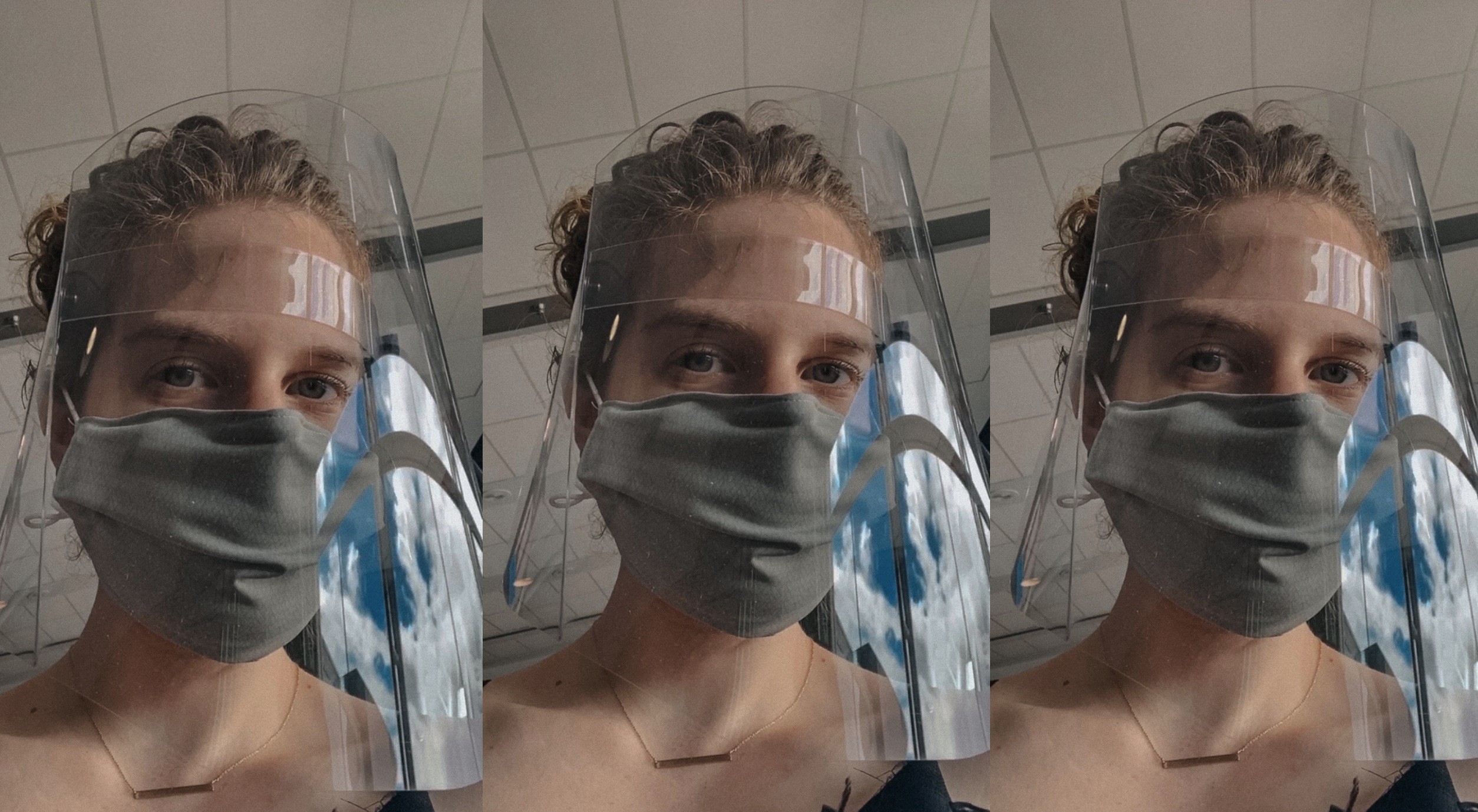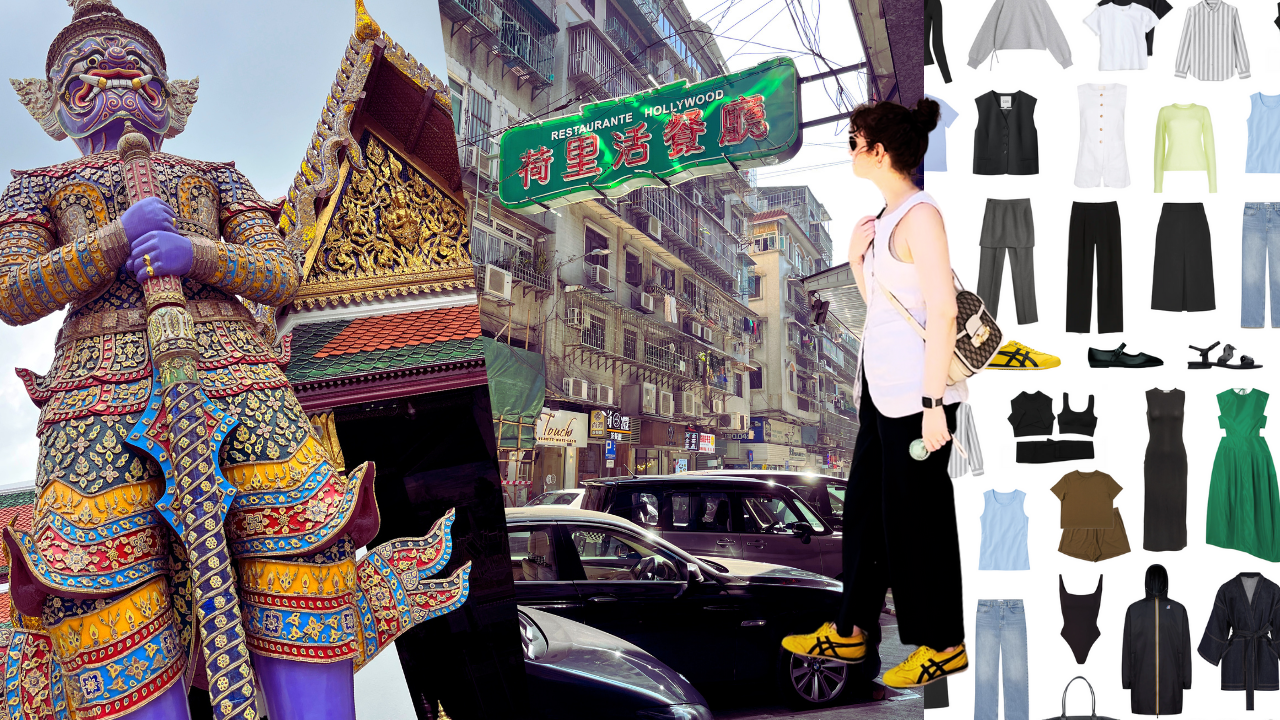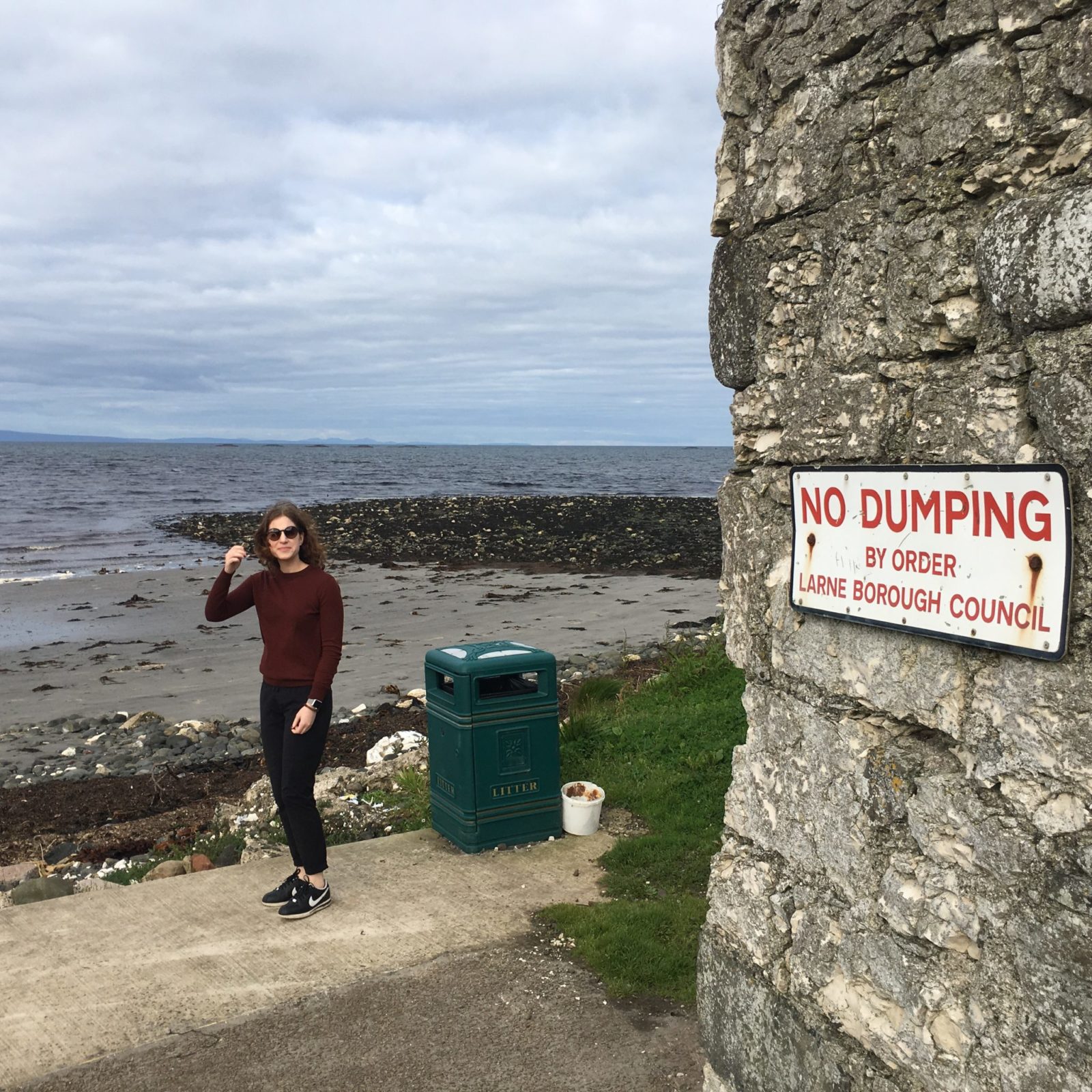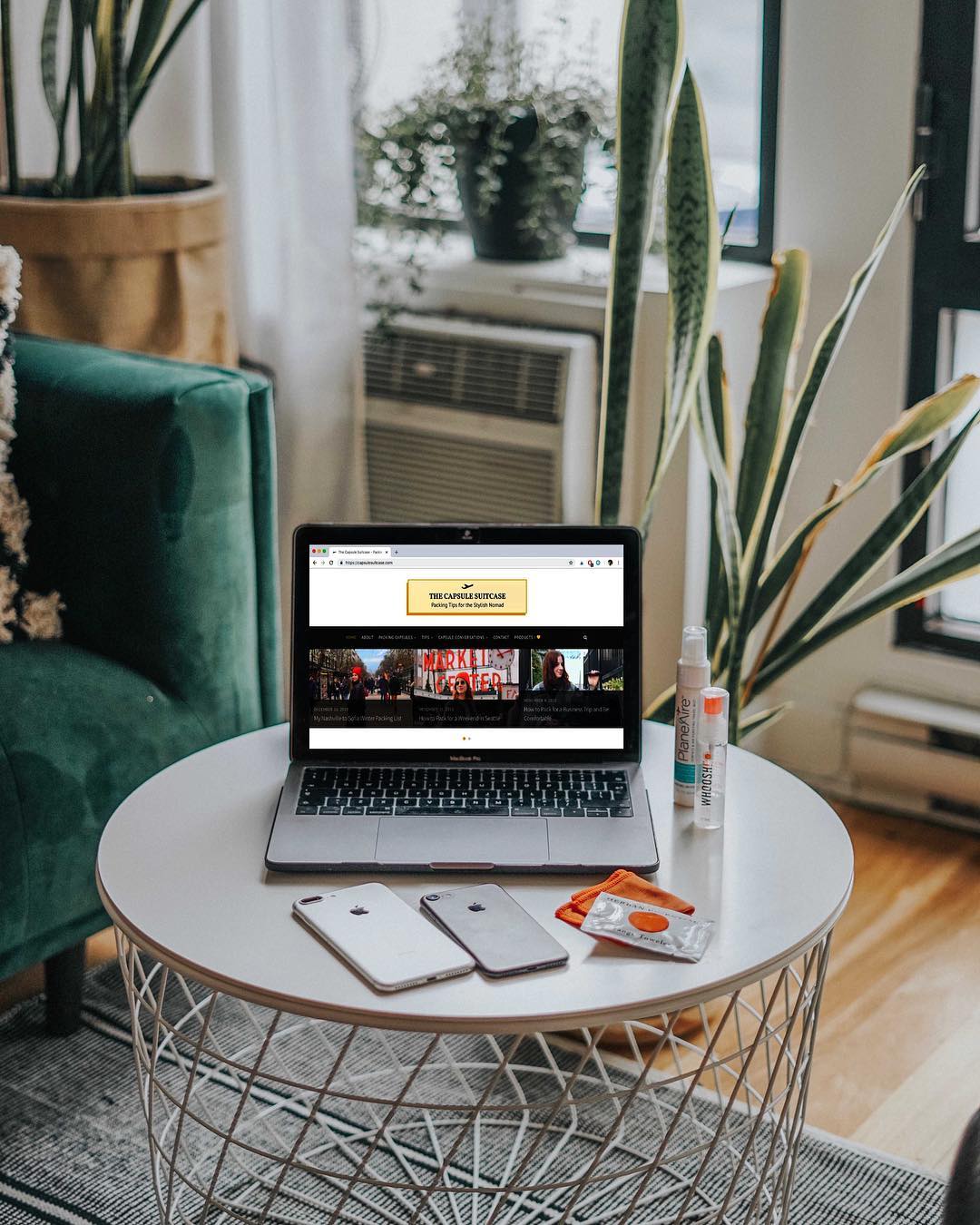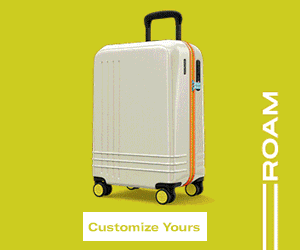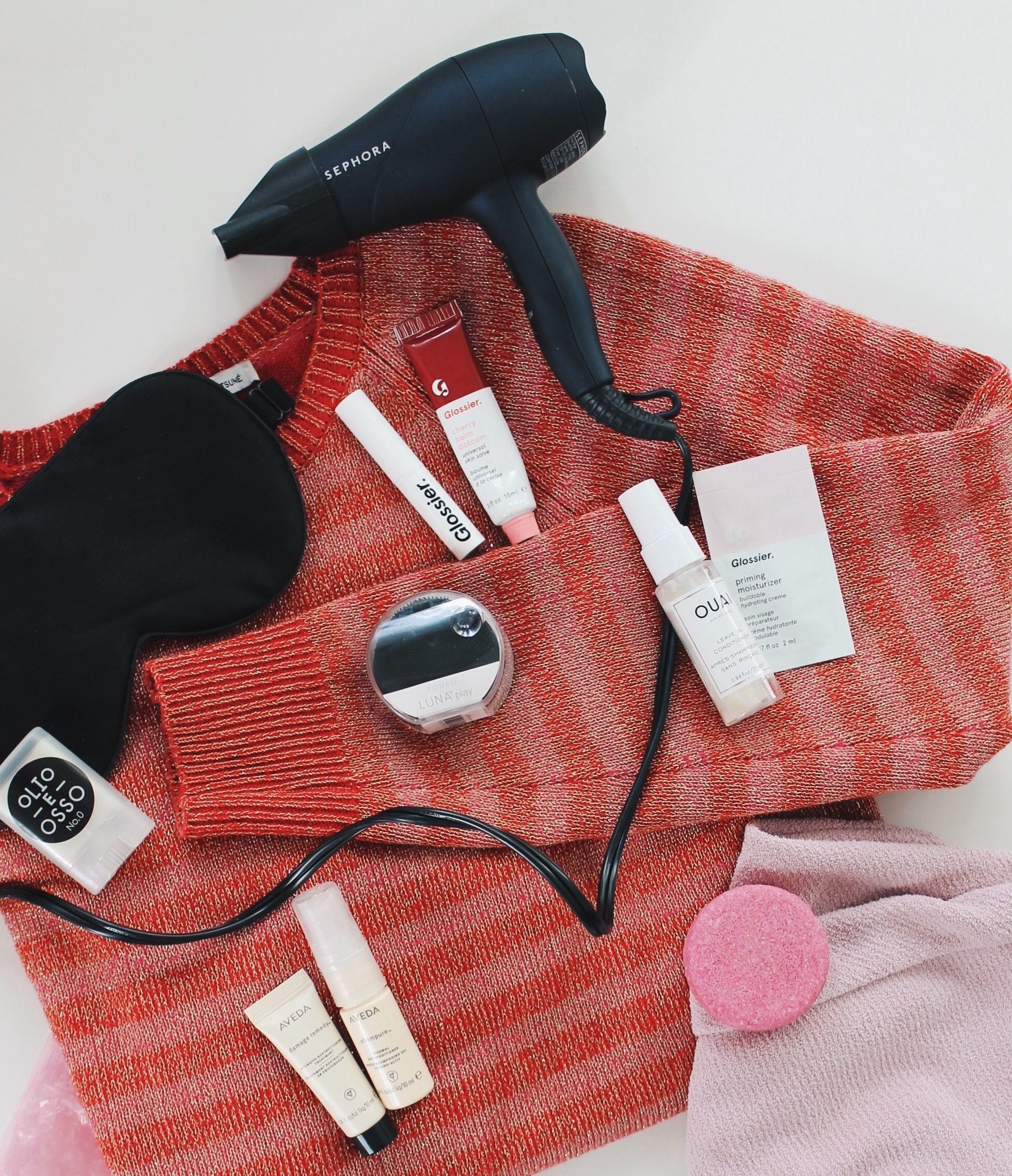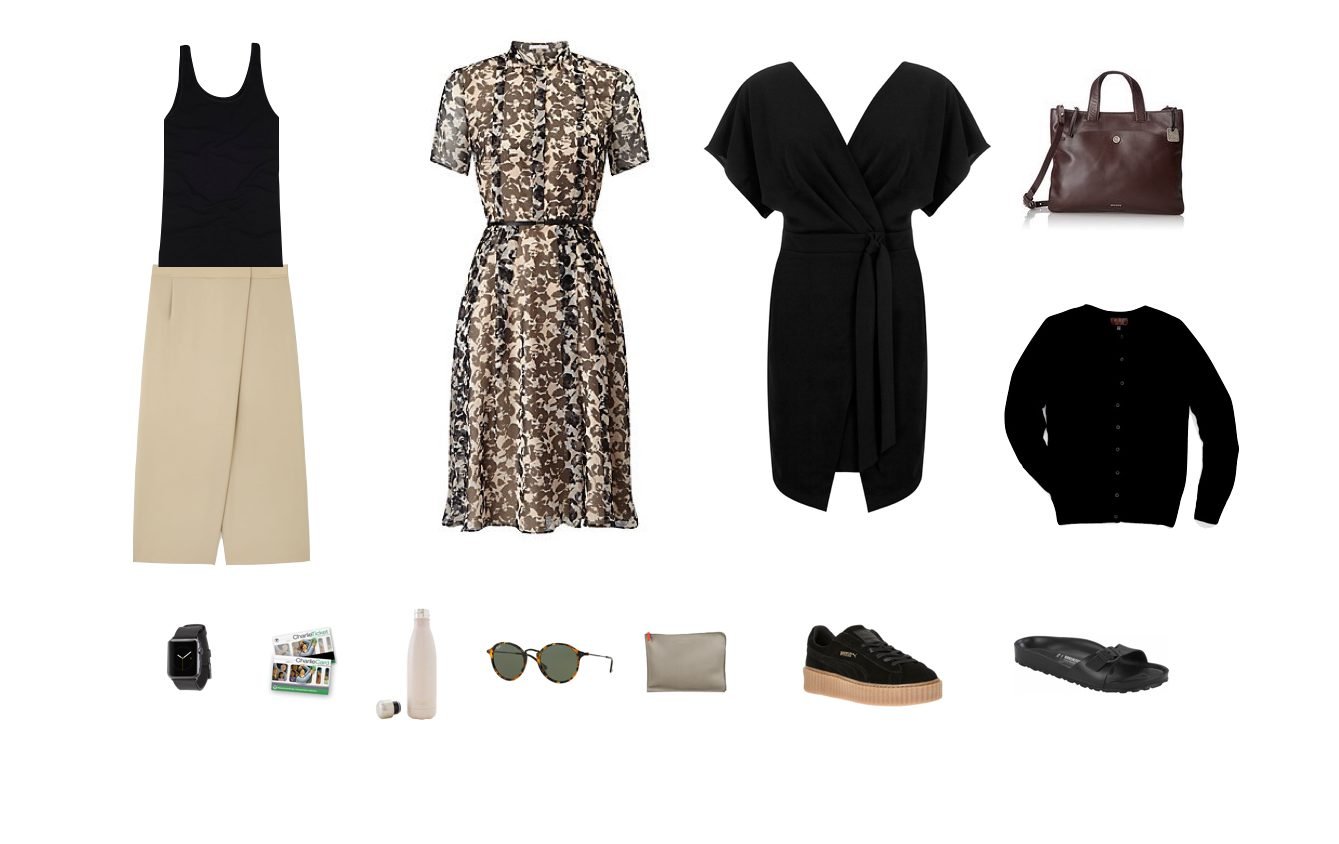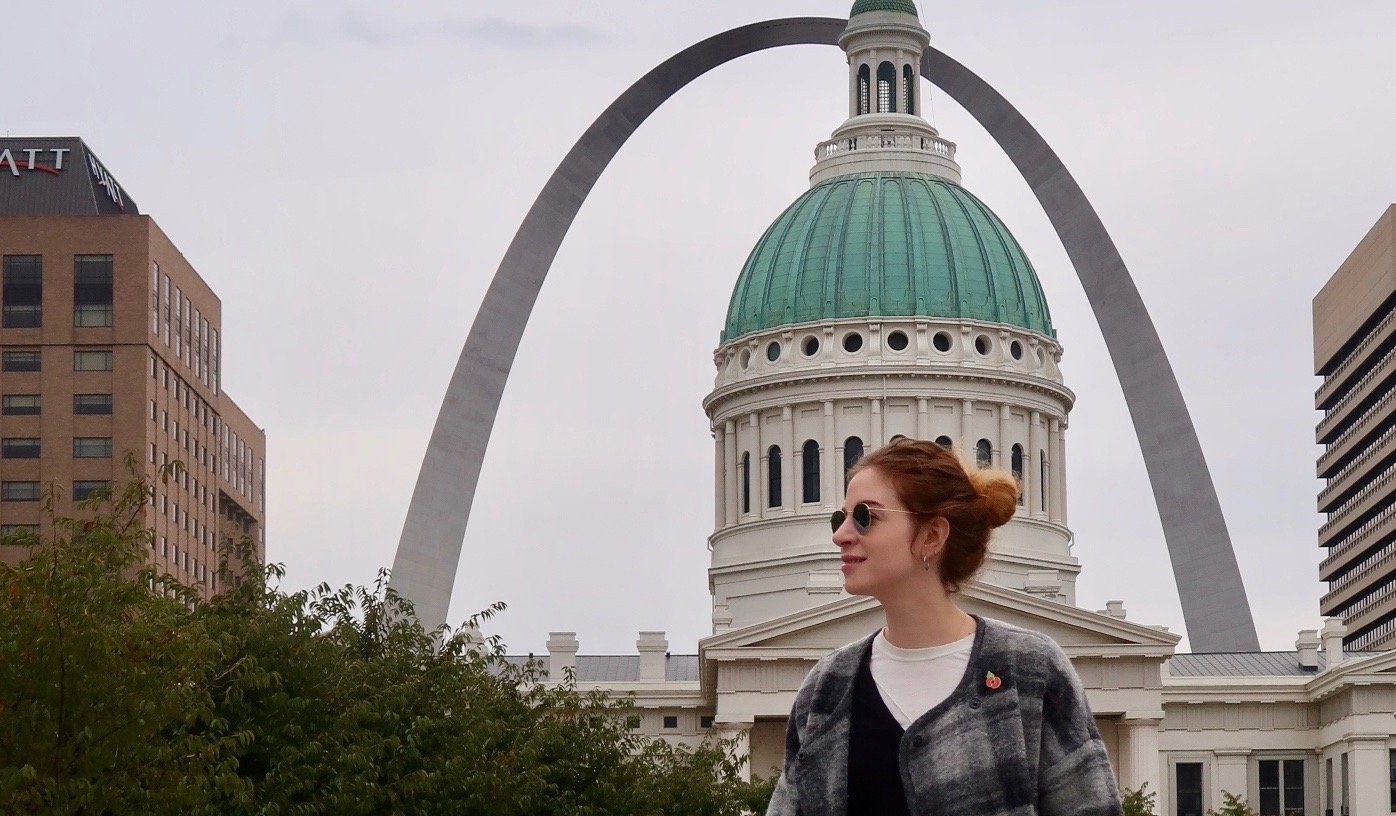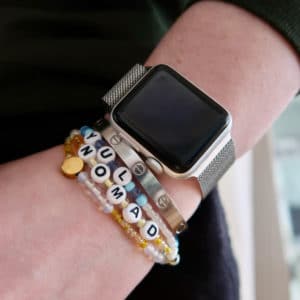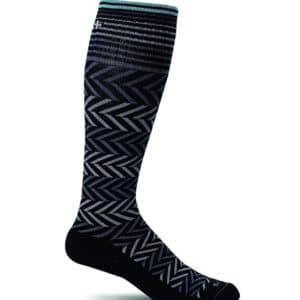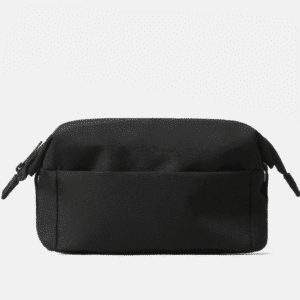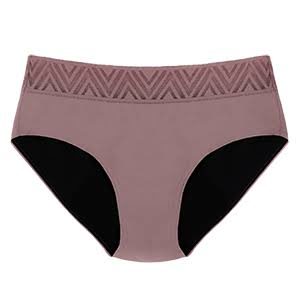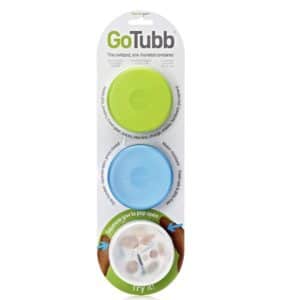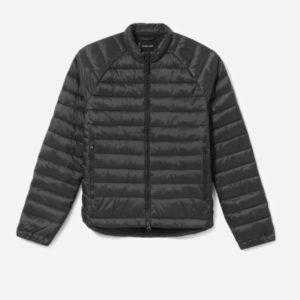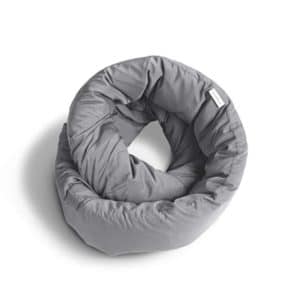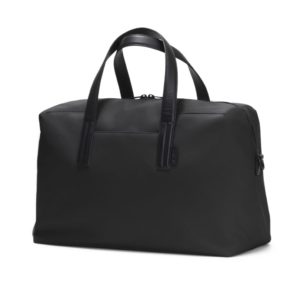Since the Covid 19 pandemic started, travel has changed a lot and flying can feel particularly risky. Now a quick disclaimer here that I take Covid seriously, so this blog post isn’t me encouraging you to travel everywhere every weekend, or to pretend like everything is normal. But rather, if you do decide to travel, I want to give you information to help you do it as safely as possible, for yourself, for your families and for others.
Tip 1. Research your destination for COVID outbreaks and travel restrictions
Back in March, there was a big difference between flying to Northern Italy or Wuhan, and other places in the world, because of the concentrated outbreaks going on there. And, over the course of the next few months, those and other hotspots grew, shrunk, and moved around. Cases are fluctuating worldwide, so the best way to make an informed decision about your travels is to research the area you’re visiting.
Your country’s travel advisory page is a great place to look, as well as website tracking real-time COVID hotspots. While you’re at it, you can research the rules about traveling to your destination, for example, requirements to quarantine upon arrival or to show a recent negative COVID test before boarding.
Tip 2. Make Sure You Start Your Trip Healthy and COVID-Free
Every day we’re learning more about the different COVID risk factors for people with underlying conditions. Therefore, you should really factor in your own health situation and history as you gauge the risk of flying. If you are generally healthy, my recommendation is to build up your immune system with rest, water, and vitamins before your trip, cut down on risky behavior like attending indoor events, and monitor your temperature. If it’s available to you, you can also get a COVID test to make sure you’re boarding the plane in tip-top shape
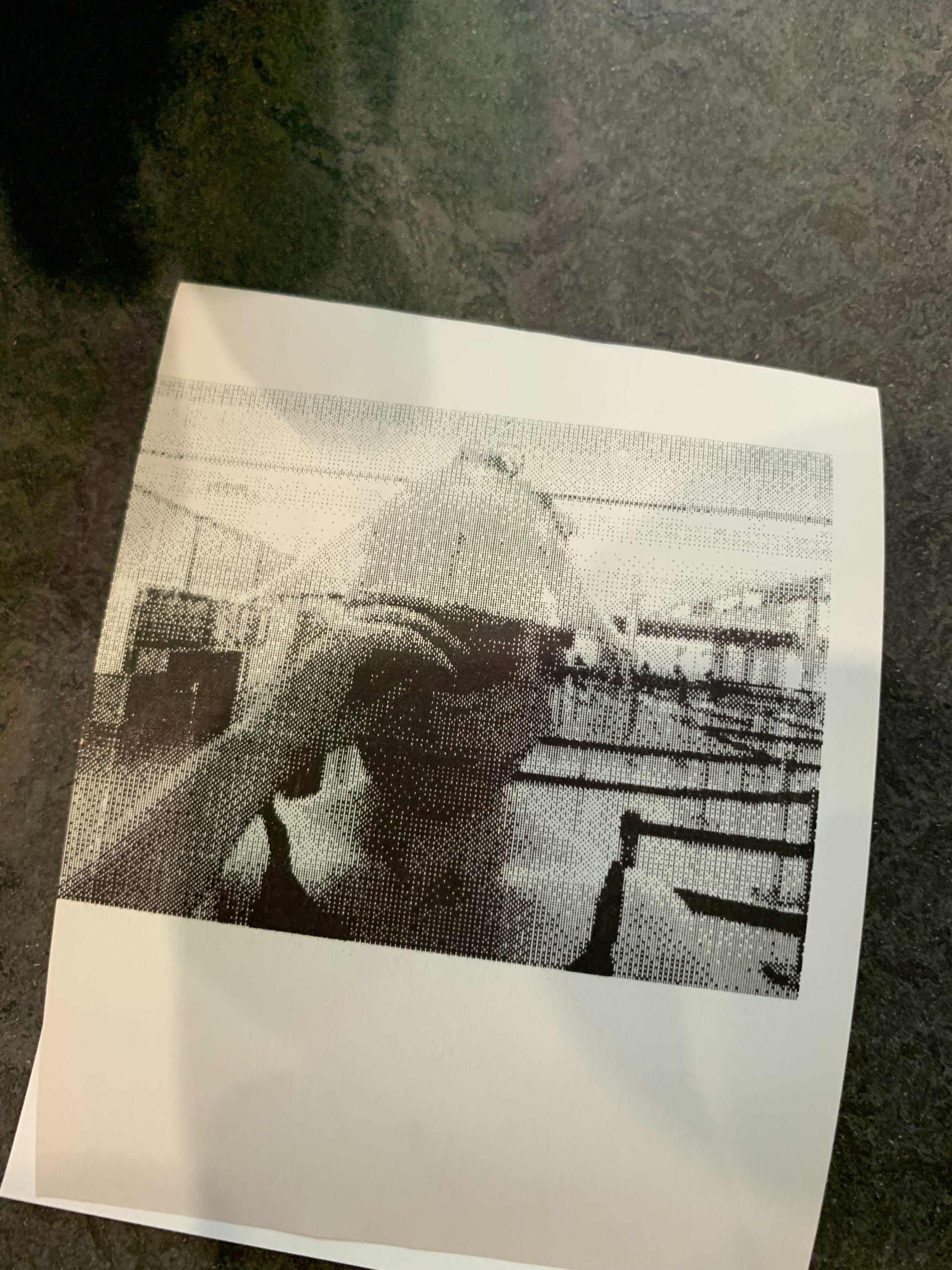
Tip 3: Wear a Mask and Faceshield to Protect Yourself from COVID
Masks are mandatory on flights now, but that doesn’t mean everyone complies, which is why I choose to travel with a visor or faceshield too. It’s slightly cumbersome but I feel a lot safer for the times I’m surrounded by people who are not wearing their mask properly. Also, carry a few extra clean masks with you if yours starts to feel damp or icky. Make sure you keep any used masks in a sealed bag and put it in the wash as soon as you can. If nothing else, a faceshield will keep you from touching your face.
Tip 4: Disinfect liberally
Wash your hands, wipe down surfaces with wipes, wipe your luggage handles and travel gear, and wash your clothes when you arrive. If there was ever a time to embrace germaphobia, it’s now.
Tip 5: Be Selective About Plane Seating
Make sure you are comfortable with your seating arrangement during check-in. I’m going to share my personal experience from a few recent flights. I flew United in July, and I was so adamant about not sitting next to a stranger in the plane, I actually upgraded to first class to get a solo seat. Luckily, for the flight I was on, it was such a small plane that my upgrade cost me a whopping $40. I expected the airline to seat us all with space between us, regardless of the ticket type, but they didn’t. Then, in October, I flew Delta, and when I was checking in, I noticed that half the seats were blocked off for safety reasons. I didn’t have to pay extra to have a seat alone. For that reason, Delta gets my thumbs up for safety precautions.
Tip 6: Stay Safe from COVID by Avoiding People
If you can, fly odd hours to avoid crowds and pick short layovers so you spend little time indoors with a bunch of strangers. Pack your own snacks to avoid lining up for airport fast food, and be patient when boarding and deplaning so you don’t join the bustle of people trying to rush on or off the plane. I also went to bathrooms that were away from the bigger gates or near the food courts.
Tip 7: Quarantine for 14 Days When You Land
For some places, quarantining for coronavirus is the law, and for others, it’s just a recommendation, but if you can, quarantining can help you know for sure if you’re covid-free before interacting with lots and lots of people. If rapid-testing is available at your airport of arrival, even better.
The reason they recommend 14 days is that it can take that long for COVID symptoms to show up, so you could be infecting people around you, even though you feel fine. I understand that most trips don’t allow for 2 weeks of quarantine, so the next best thing is to monitor your health and be extra careful who and how you interact with others after you’ve arrived.
Tip 8: Get Travel Insurance that Includes COVID
I’m Canadian, so I’m blessed with universal healthcare and while it’s not perfect, I’ve never had to worry about medical costs. But, when I leave Canada, I’m at the mercy of the local healthcare system wherever I am, including footing the bill.
That’s why I make sure to have some coverage when I leave, whether that’s through my travel credit card or an insurance provider for nomads like SafetyWing.
And that’s it! Leave a comment below if you have more tips for people traveling during the pandemic.
Safe travels !

